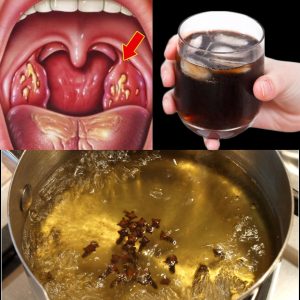Understanding Water Retention and Its Causes
Water retention, or edema, is a common condition where excess fluids accumulate in the body, leading to noticeable swelling in areas like the hands, feet, and legs. Factors such as high salt intake, hormonal fluctuations, certain medications, or underlying conditions like kidney or heart issues can trigger fluid retention. Identifying the root cause is crucial for effective management and preventing recurrent episodes.
Key Signs and Symptoms
The most noticeable signs of water retention are puffiness, stiffness, and heaviness in the affected areas, particularly the extremities. Skin may appear stretched or shiny, and pressing on the swollen area can leave a temporary indent. Recognizing these symptoms early enables you to take steps to manage the swelling and address the underlying causes.
Practical Remedies and Lifestyle Adjustments
Simple lifestyle changes can significantly reduce water retention. Maintaining hydration encourages your kidneys to flush out excess sodium, while incorporating potassium-rich foods like bananas and avocados into your diet balances fluid levels. Regular exercise, elevating your legs, and using compression garments improve circulation, preventing fluid buildup. Additionally, managing stress and ensuring adequate sleep contribute to maintaining fluid balance.
Natural Remedies for Relief
Integrating natural diuretics into your routine can help alleviate water retention. Foods like cucumbers, watermelon, and celery, along with herbal teas such as dandelion and green tea, promote fluid elimination. Epsom salt soaks and anti-inflammatory smoothies or detoxifying soups can also provide quick relief while supporting overall health. By adopting these remedies and making mindful adjustments, you can manage water retention effectively and enhance your well-being.





